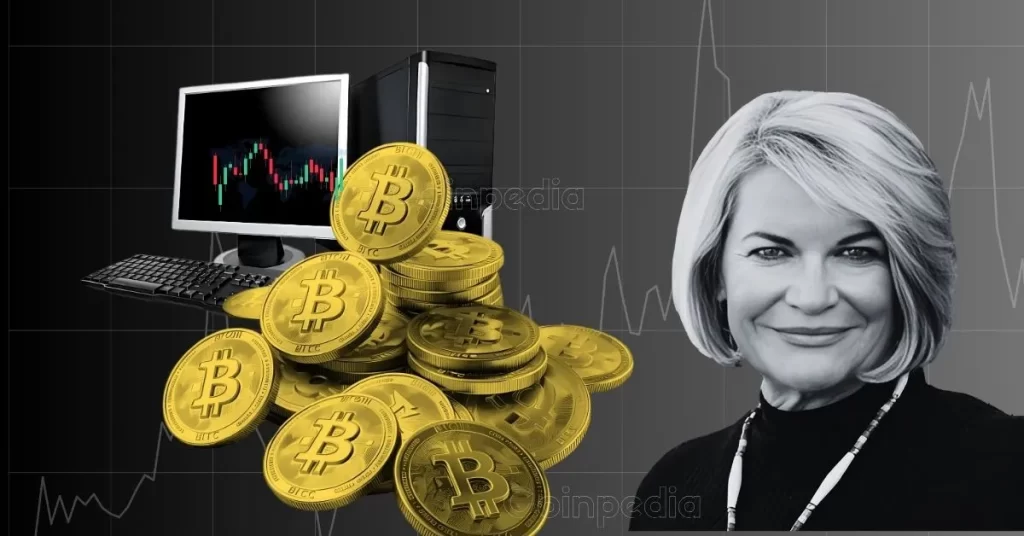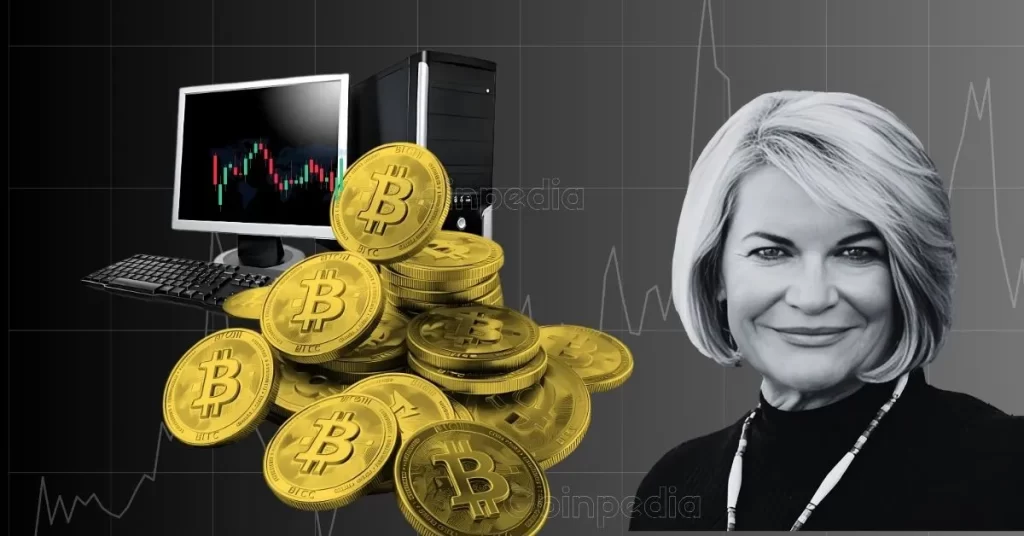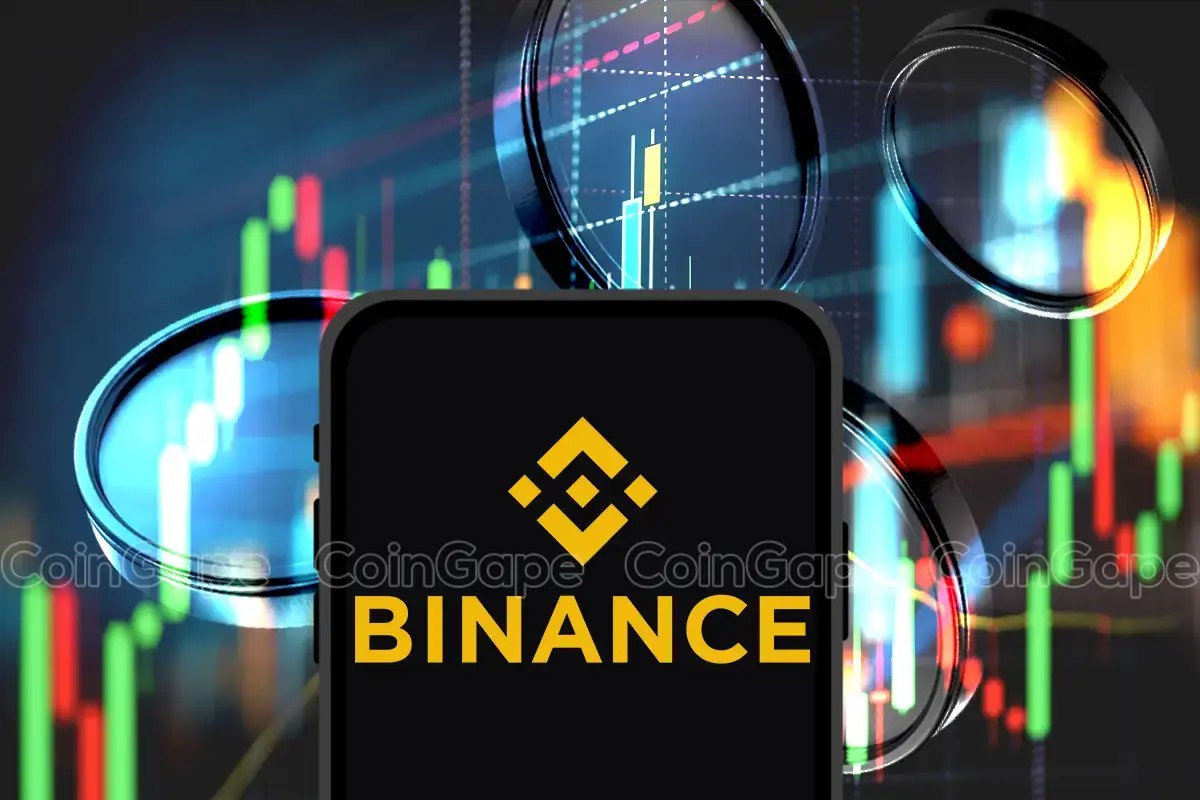
The post Senator Lummis Pushes Crypto Tax Crackdown in GOP Bill appeared first on Coinpedia Fintech News
Senator Cynthia Lummis (R-Wyo.) is making a strong move to reshape how the U.S. taxes crypto by pushing to include key digital asset provisions in the Senate Republicans’ 2025 tax-and-spending bill.
A longtime Bitcoin supporter, Lummis is working with Senate Finance Chair Mike Crapo (R-Idaho) to fold in parts of her bipartisan crypto regulation bill, co-authored with Sen. Kirsten Gillibrand (D-N.Y.). Her proposals aim to close tax loopholes and support the crypto industry – though not everyone is on the same page.
Crypto Wash-Sale Rule Could Raise Billions
One of Lummis’s main proposals is to apply the wash-sale rule to crypto. This would stop investors from selling their digital assets at a loss and quickly buying them back to reduce their tax bills – a common tactic that isn’t currently restricted for crypto.
Lummis told Semafor, “This bill is the right place to fix crypto taxation,” but skeptics, including Gillibrand, call it “premature,” citing risks of rushed policy.
Bitcoin Miners May Catch a Break
Another part of Lummis’s plan would exempt Bitcoin miners from reporting capital gains and losses. This would ease the reporting burden on miners, who often face confusing tax requirements despite playing a major role in the crypto ecosystem.
This proposal reflects Lummis’s ongoing support for the industry, but it’s expected to face resistance in a divided Senate.
Trump Weighs In on GOP Tax Bill
On Wednesday, members of the Senate Finance Committee, including Sen. Bill Cassidy (R-La.), met with President Donald Trump at the White House to discuss the bill.
According to Cassidy, Trump is focused on including “working account benefits,” adding more complexity to ongoing negotiations.
A Defining Moment for U.S. Crypto Policy
With the 2025 tax cuts set to expire soon, Lummis’s proposals could help set the direction for how digital assets are taxed and regulated going forward. If adopted, they could provide clarity to the crypto market while also boosting federal revenue.
But with mixed support – even among allies – the road ahead for these reforms remains uncertain.





